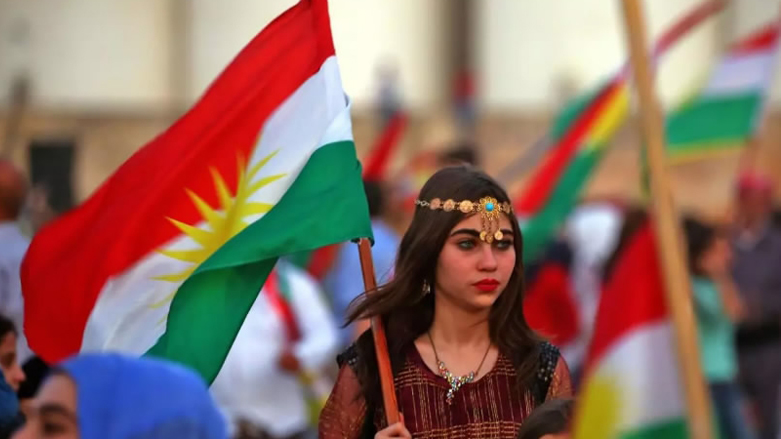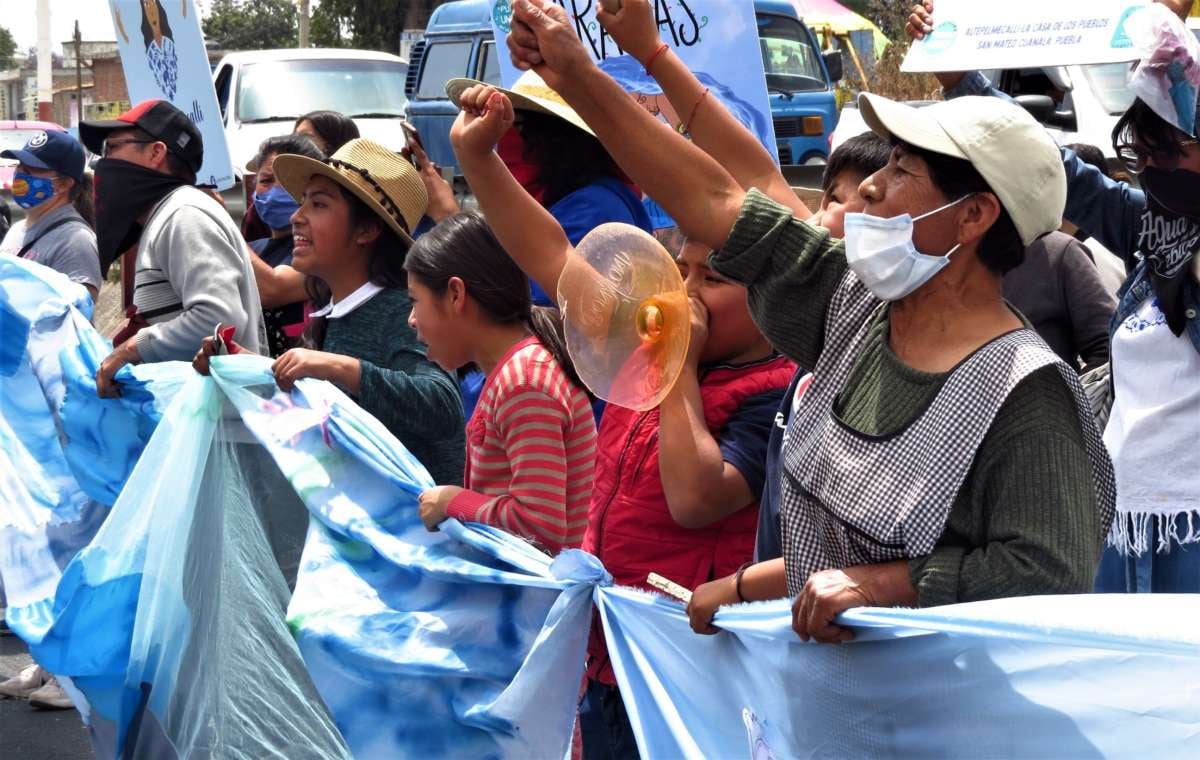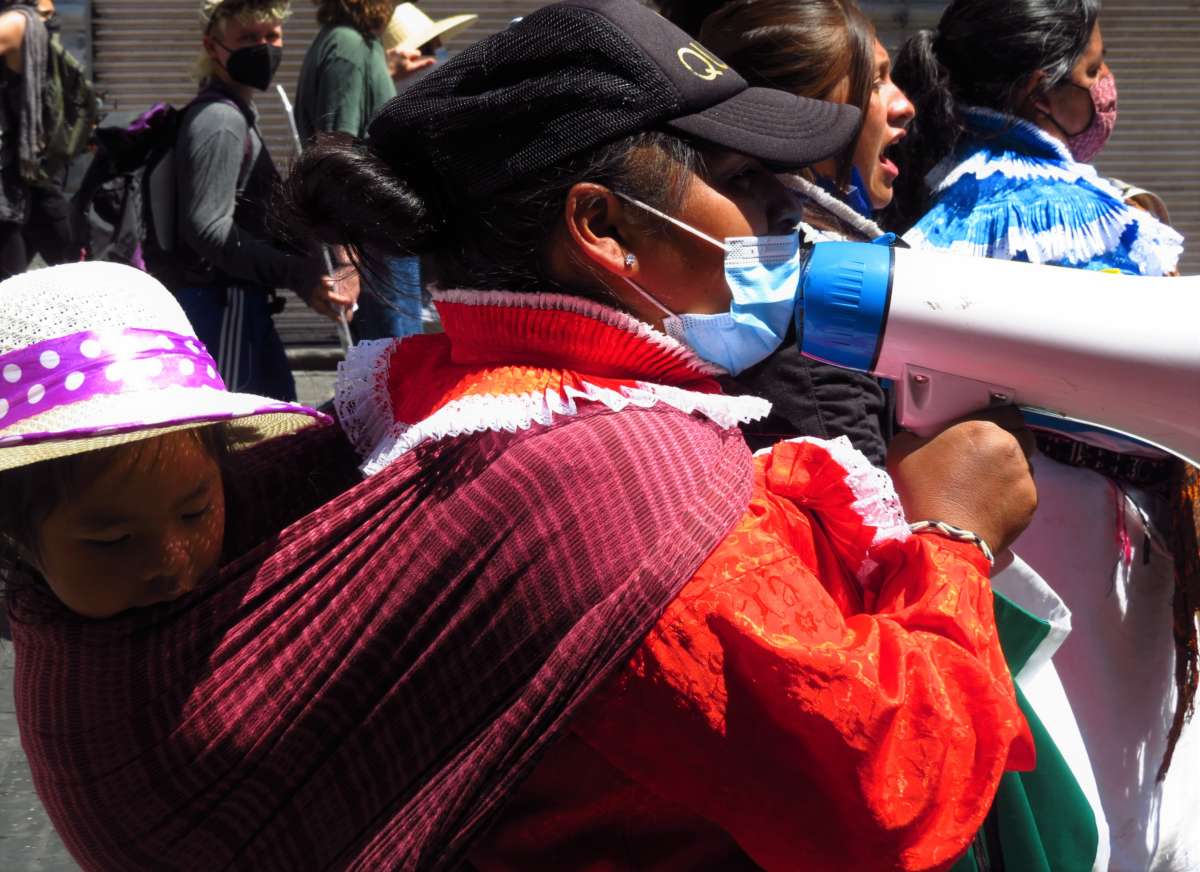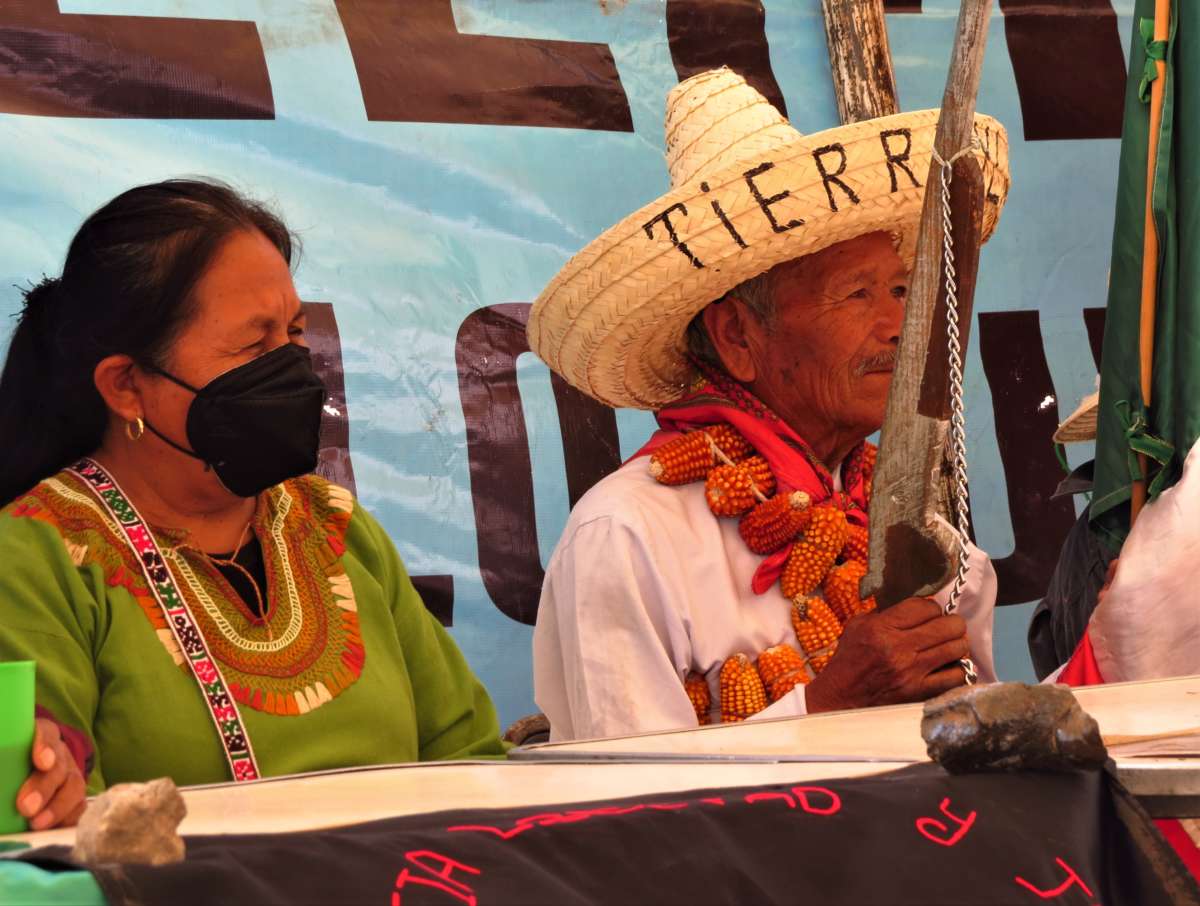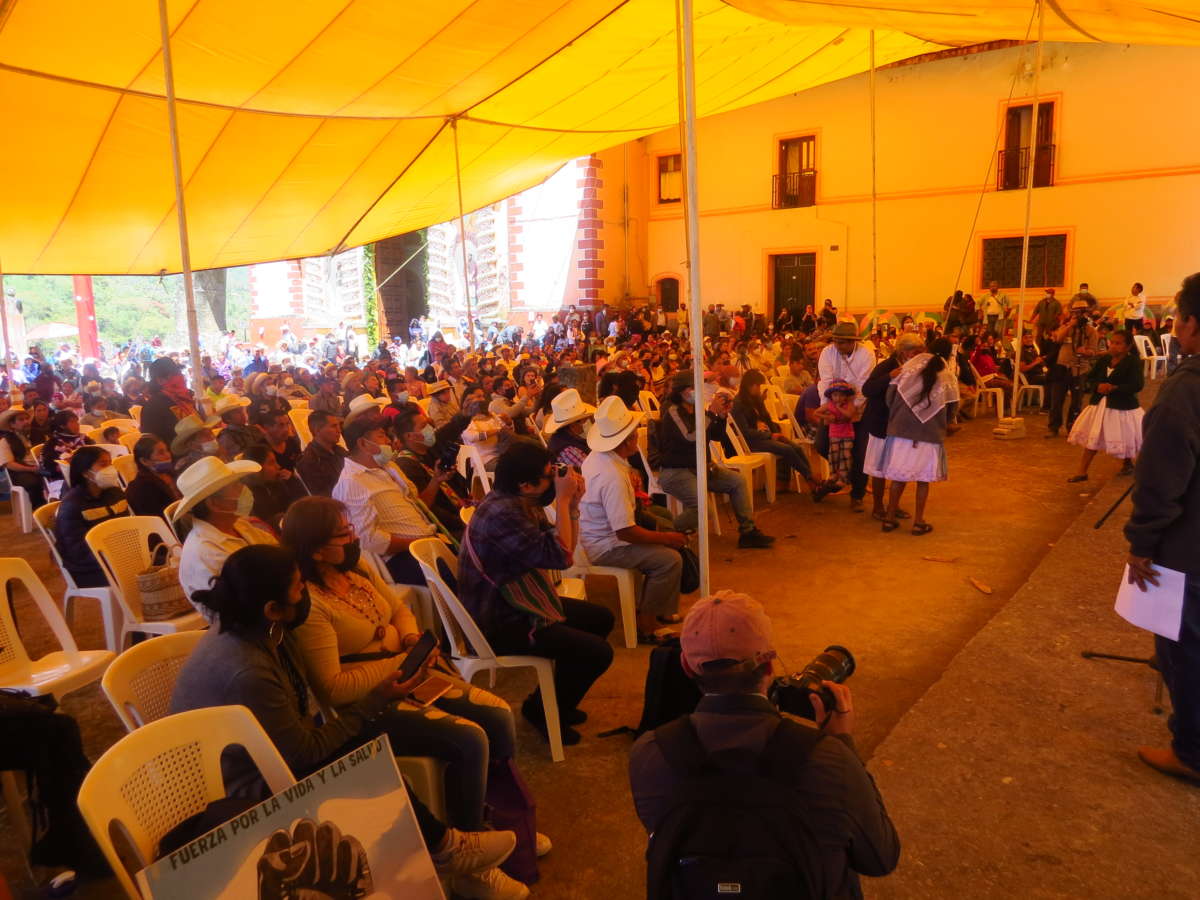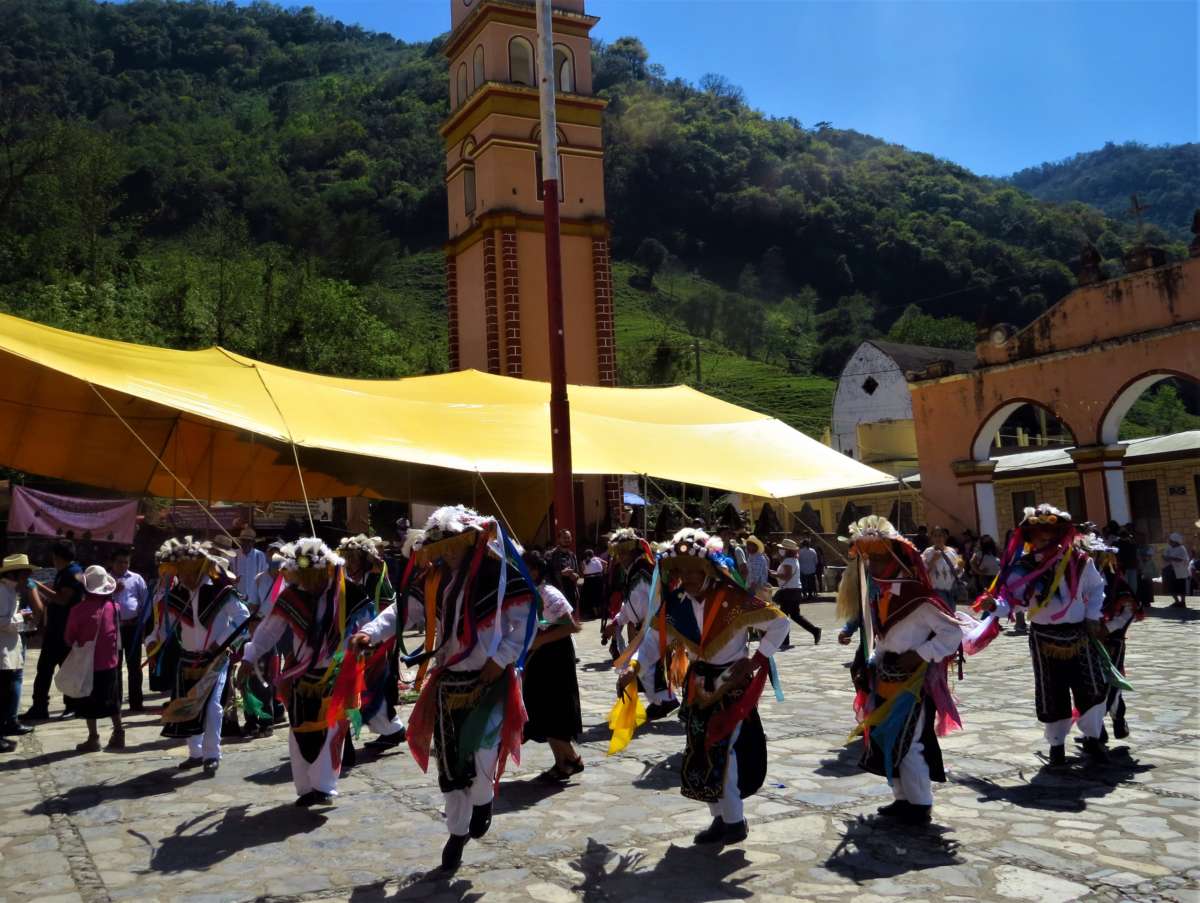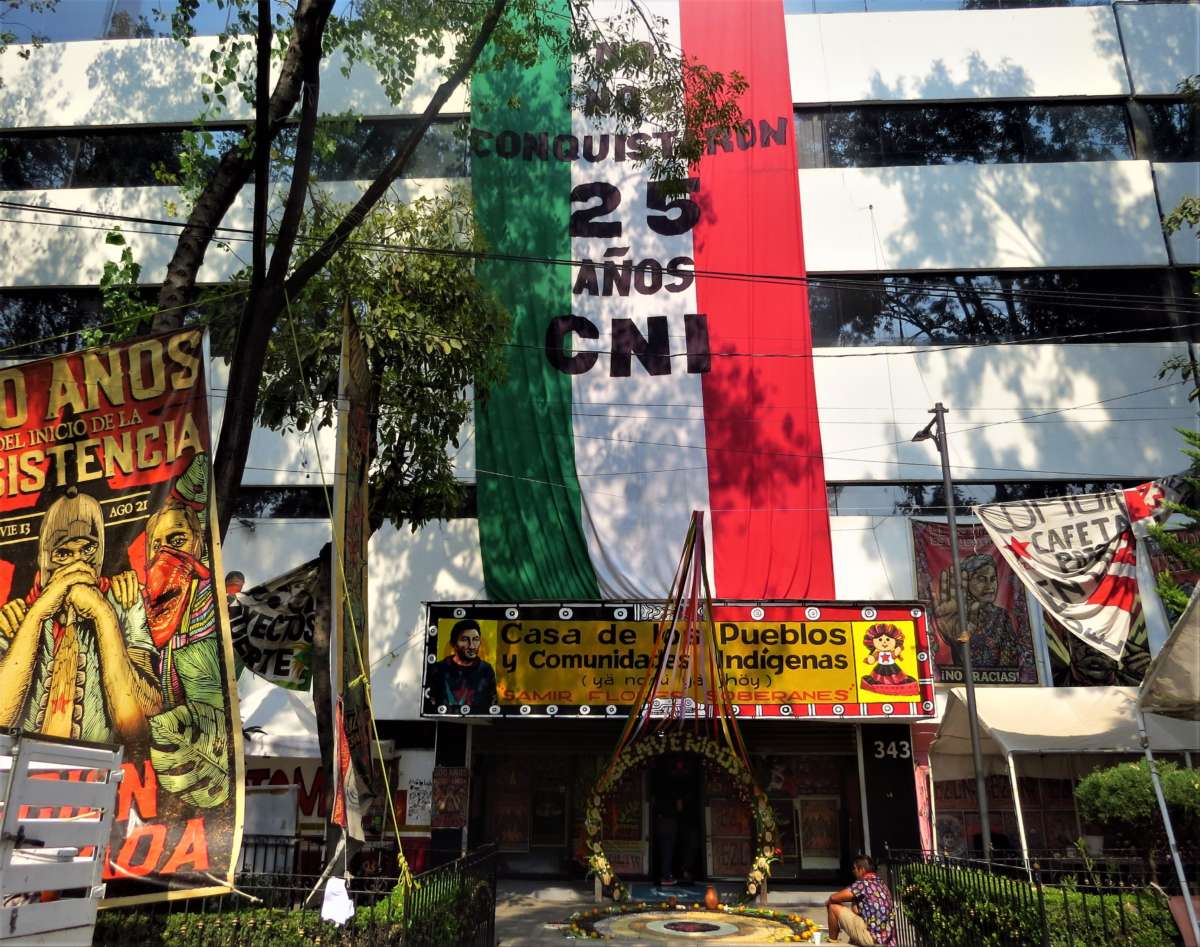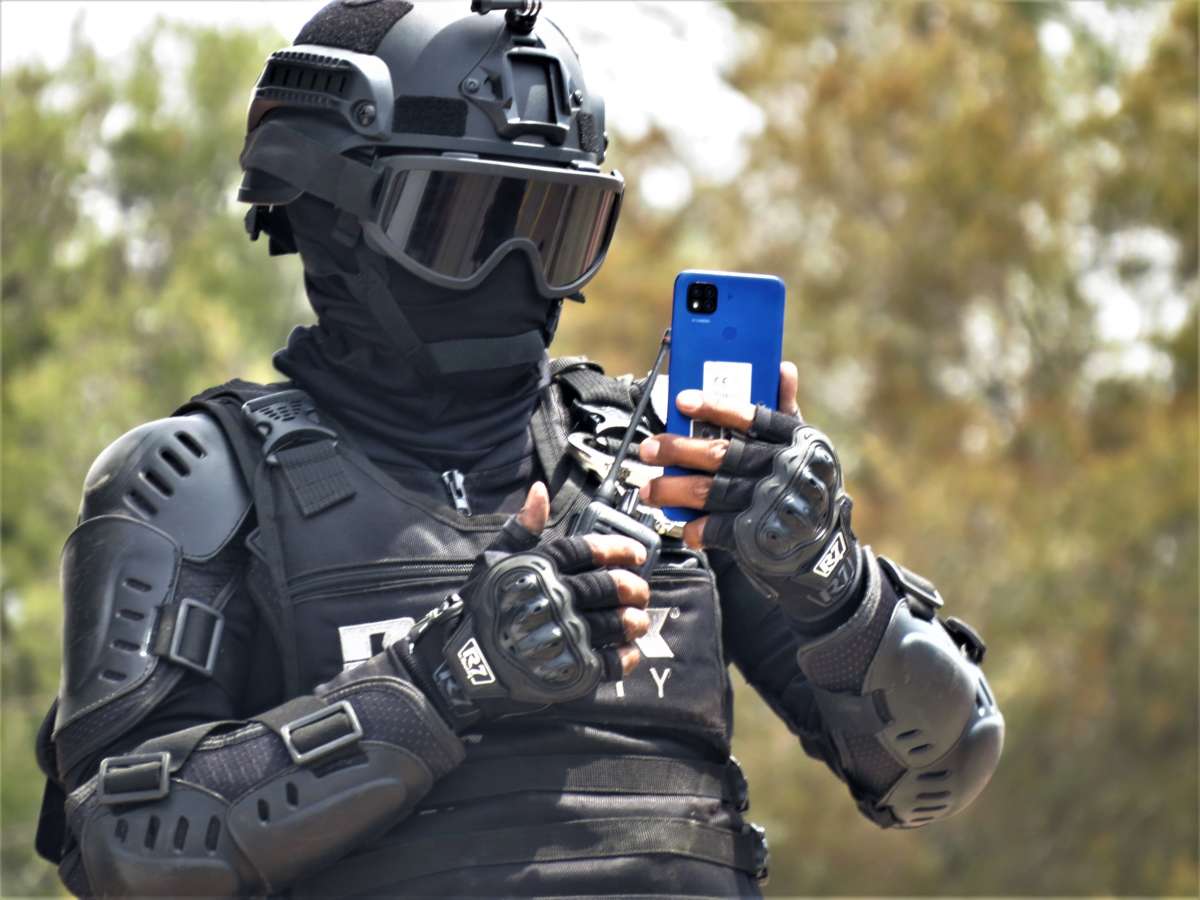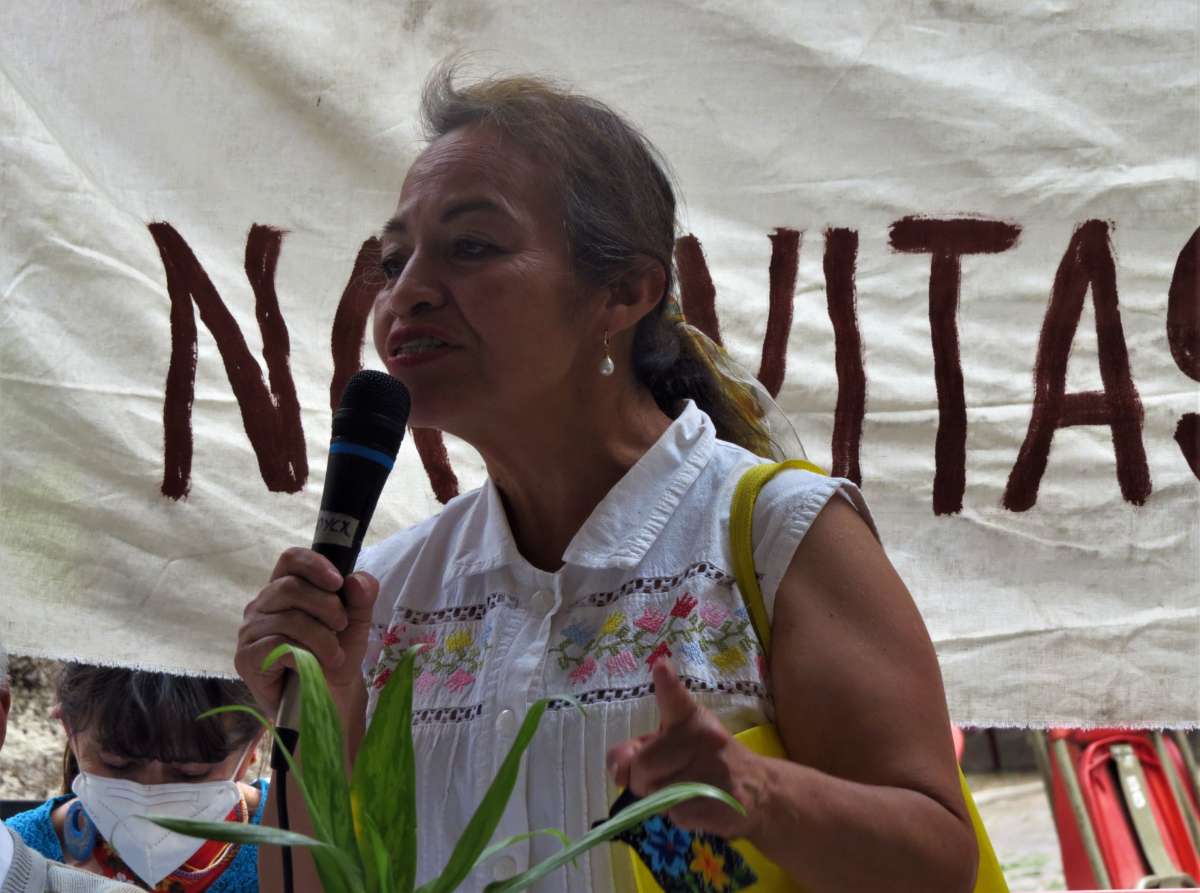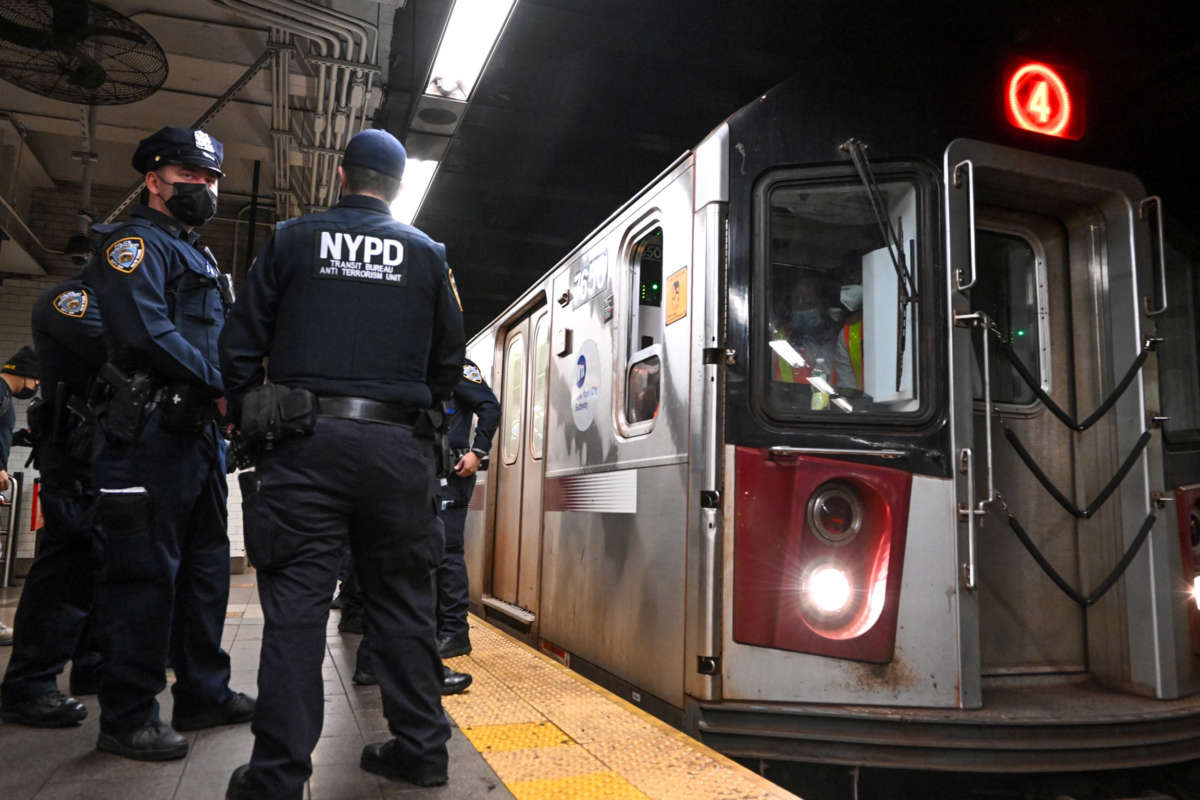KCK calls on Baghdad to establish a dialogue with Yazidis in Shengal
The KCK Foreign Relations Committee called on Baghdad to establish a dialogue with the Yazidi people and said, "As the Freedom Movement, we would support any constructive democratic process that leads to a solution to the current situation."

ANF
BEHDINAN
Friday, 22 Apr 2022,
In a written statement regarding the Turkish state's invasion attacks and the tension in Shengal, the KCK (Kurdistan Communities Union) Foreign Relations Committee called for the Iraqi state to remove weapons and violence from the dialogue process it will develop with the Yazidi people, stating that discussion should serve as the foundation.
The KCK Foreign Relations Committee statement released on Friday is as follows:
“On April 17, 2022, the fascist Turkish regime launched a new attack in its genocidal war against our people. Stuck in a corner with his past crimes, having his economy hit rock bottom since it was spent against the Kurds and dominated by theft, and society demonstrating its opposition to this fascist regime everywhere, fascist Erdogan attempted to alter the agenda. These efforts, though, were ineffective in extending his time and the fascist dictatorship. As a result, he is trying to expand his lands and destroy our people's achievements by utilizing collaborating groupings and families such as the KDP, trying to leave not a singular focus to oppose on behalf of Kurdistan.
While the fascist regime's attacks to this end continue, the courageous and innovative resistance of the Kurdistan freedom guerrilla frustrates many schemes. Calling the fascist Turkish regime's actions exclusively opposed to the PKK suggests that either nothing is understood from history or that there is a partnership in these schemes. The Turkish state has a long history of anti-Kurdish sentiment.
THEY WANT TO REALIZE THEIR NEO-OTTOMAN DREAMS
The Turkish state views any Kurd resisting in the name of the Kurdistan freedom struggle to be dangerous and will do all in its power to destroy it. Furthermore, the same fascist state is working hard to actualize their Neo-Ottomanist dreams. Designating Mosul and Kirkuk as Turkish territories, it organizes agents and carries out activities. Again, it sees no harm in interfering in Iraq's domestic affairs and engages in a variety of initiatives to make sure that political stability is not maintained. The Turkish state’s role is crucial in Iraq's inability to establish stability. The fascist Turkish state continues to carry out its plan to break up Iraq and occupy the area up to Mosul and Kirkuk with this strategy. The KDP is the plan's most important proponent. The KDP is the most supportive of the invaders against the Kurdistan freedom guerrillas' resistance against the Turkish army.
DIALOGUE WITH YAZIDI PEOPLE IS NECESSARY
The fascist Turkish dictatorship has recently increased its attacks on Shengal and our Yazidi people who have just recently experienced genocidal attacks by ISIS. Thousands of women and children were taken prisoner during the 73rd massacre, and their fate is still unknown. While rebuilding their lives following the defeat of ISIS, our Yazidi people also wanted to develop measures to prevent future genocides. For this goal, they established the autonomous administration model while keeping in mind federalism, which is also the spirit of the Iraqi constitution. This endeavor by the Yazidi people largely irritated the KDP, which had handed over Shengal to ISIS, as well as the Turkish state, which was in charge of ISIS. Once again, the Yazidis tried to develop this process in coordination and dialogue with Iraq.
The media has reported tensions between the Iraqi army and the Yazidi population in Shengal in recent days. When the ISIS attacks began, we as a movement intervened in the 73rd massacre. We defended our Yazidi brothers and sisters against these attacks. Following that, a substantial number of ISIS attacks were defeated in the Shengal region, particularly by the YBŞ-YJŞ and Asayiş which are the defensive forces of Yazidis, with the cooperation and assistance of the Iraqi state. Following this process, the Yazidi people in Shengal established their autonomous administration. This procedure was conducted in order to prevent any possible attacks on the Iraqi peoples via Shengal. As a result, the Yazidi defense force in Shengal is not a problem for Iraq, but rather a solution.
It is understood that a plan is in effect, to bring the Iraqi state and the Yazidis face to face at a time when the Turkish invasion attack on South Kurdistan and Iraq has intensified. The Yazidis are a folk that has been subjected to genocides. Iraq must treat the Yazidis and their political will with greater sensitivity and responsibility.
The forces pointing guns at the Yazidis were ISIS, KDP, and Turkey recently. The Iraqi state, on the other hand, should exclude guns and violence from the dialogue process it will develop with the Yazidi people. Agreements made against the will of the Yazidis, the construction of the Turkish wall, and disregard for the values of the people do not address the problems.
Advancing upon the Yazidi people and their children with military vehicles leads to conflict, not dialogue. Neither the Yazidis nor the Iraqi state should get to that point. Similarly, the Shengal autonomous administration should share its solution initiatives with the Iraqi government and administration, with the goal of resolving the conflict through negotiation. In this regard, we would like to stress that the Freedom Movement would support all forms of constructive democratic methods to solve the problem.
As a movement, we are engaged in a major fight against the colonial Turkish state. This is not simply the Kurds' freedom war, but also the resistance of the region's peoples for freedom and peace. The Turkish state's neo-Ottoman scheme will be confronted by the Kurdistan guerrilla's walls and broken into pieces. As a movement, we will continue to frustrate these schemes and resist for the sake of the region's peoples' freedom, peace, and stability. We call upon both the Iraqi state and society to see the dangers of the Turkish state's and its accomplices' invasion plans and to speak out more loudly against them.”
Iraqi army attacks YBŞ and YJŞ positions in Shengal
The Iraqi attacks on the self-governing Yazidi region of Shengal in South Kurdistan continue to escalate. After the Iraqi military tried to take control of check-points of the Êzidxan Asayiş
